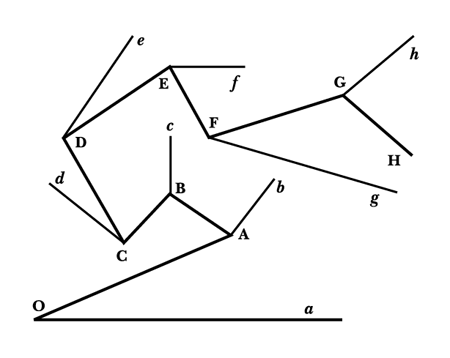Discussing with some friends lately about location-based applications, I tried to sort out my ideas about that. Anne for instance asked how what I meant by the fact that LBS failed (which I mentioned in my interview of Regine).
My take on this could be exemplified by this project that Fabien sent me. This system supposedly use GPS with weather info and social networking system on Honda cars:
Honda car drivers in Japan will be able to receive in real time (updates every 10mn) the EXACT weather info at their present location or at their destination, thru the InterNavi Premium Club (InterNavi Weather). If you don’t weather conditions at your current location are useful on a GPS, you may find interesting to know the roads or districts that are flooded, or cut-off by the snow. The system can also tell you that. An exclamation mark on the map tells you there is a problem in a particular area.
Honda also offers a real SNS (Social Networking Service) which allows InterNavi Premium Club subscribers to provide some information about a precise location. For example, if you’ve had a bad experience in a restaurant (the food made you sick), you can mark the place on your GPS and let the other users know the tacos at the local Taco Bell gave you the runs
Obviously such an application combine different bricks such as GPS positioning, weather information flow and social network capabilities. In terms of location-based service, it also employs primitives elements like place-based annotations (the omnipresent rate the restaurant example), receiving location-based information (weather...). This leaves me kind of speechless in terms of the potential of LBS. I mean, ok navigation and related information are the most successful service regarding LBS. But it's just an individual service; when it comes to multi-user LBS applications, the large majority of systems that has been designed failed: there were not big acceptance by the users/markets.
Of course there were nice prototypes like place-based annotation systems (with diverse instantiations such as GeoNotes, Yellow Arrow, Urban Tapestries, Tejp... mobile or not... textual or not), buddy-finder applications (Dodgeball...), cool games (Uncle Roy... Mogi Mogi...). Of course there will big buy-outs like Dodgeball acquired by Google.
But so far, we haven't seen any big success over time. So on one side it's a failure but on the other side, I noticed in workshops and focus groups with people not from the field (and hence potential users) that these ideas of place-based annotations, buddy finders (or even shoes-googling) are now very common and seen as "great/awesome/expected" projects everybody would like to have and use. And this, even though studies (from the academia or companies) showed the contrary. So on the marketing side, these LBS ideas seems to be quite successful: those applications are well anchored in people's mind.
Consequently, there would be a story to write about "how LBS failed as a technology-driven product but how it was a success in the dissemination of such applications in people's mind"
Now, as a more positive note, it occurs to me that some more interesting ideas are starting to appear and a "second wave" of LBS is to be expected. For instance, Jaiku
is more compelling to me because it's less disruptive. When you look at the user's activity: the information (about other's presence) is available and that's it, like moods/taglines in IM system. From the user's point of view, it's very different than what we have so far and what the designers promoted is more an idea of "rich presence" than a "yo cool I can now which of my friends are around"...
Why do I blog this? I just finished writing my dissertation chapter about mutual location-awareness applications and how they are used. This made me think about some critical elements about them,



 I am not a fan at all of survey (especially in this case: we don't have any ideas about how it has been conducted) but it's like a barometer that gives the zeitgeist of the industry. Even though I find it pretty okay for the navigation and fleet tracking, I am curious about what is behind the figures for the location-based entertainment/games or information services. So far it was mostly prototypes with a low user adoption.
I am not a fan at all of survey (especially in this case: we don't have any ideas about how it has been conducted) but it's like a barometer that gives the zeitgeist of the industry. Even though I find it pretty okay for the navigation and fleet tracking, I am curious about what is behind the figures for the location-based entertainment/games or information services. So far it was mostly prototypes with a low user adoption.



